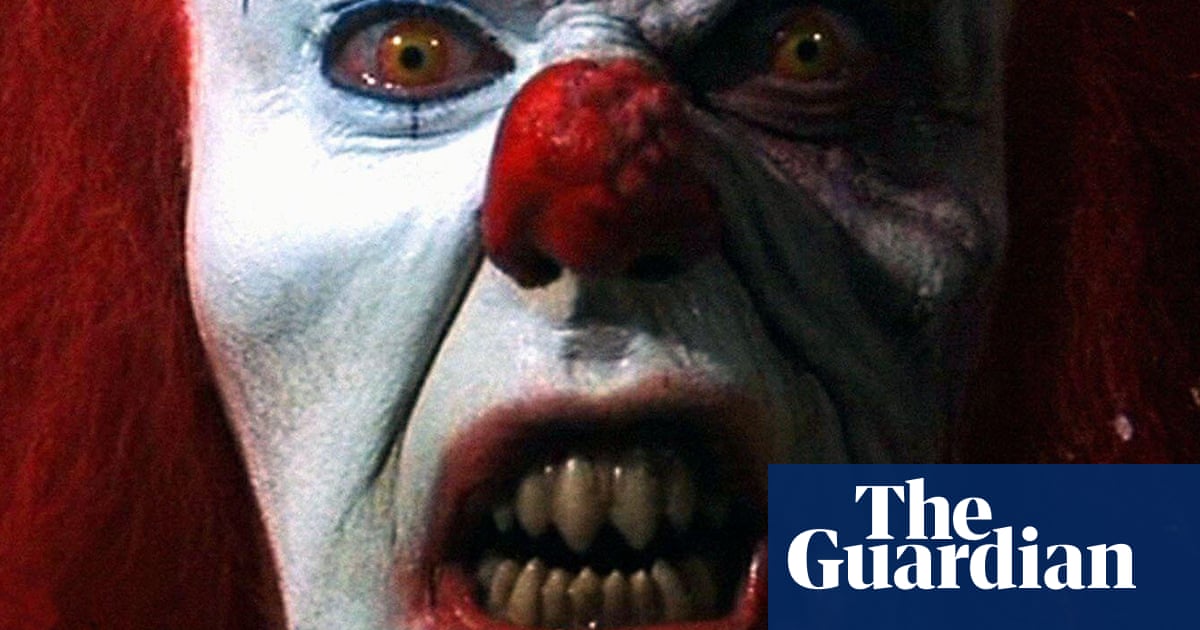
"The adaptation captivates the essence of Stephen King's storytelling, blending well-crafted narratives with moments of silliness, drawing viewers into a small-town horror premise."
"The Shining's 1997 adaptation reflects King's dissatisfaction with Kubrick's version, resulting in a poorly executed reimagining featuring bad acting and awkward CGI."
"Under the Dome exemplifies a disappointing fusion of small-town drama and science fiction, showcasing the challenges of translating King's complex narratives to television."
"The Institute stands out among adaptations by capturing the quirky overlap of horror and humor typical of King's style, highlighting both his genius and the potential for silliness."
Stephen King's small-screen adaptations commonly center around small towns threatened by a timeless evil, often featuring children with supernatural abilities. These productions frequently display excessive gore, poor dialogue, and flannel shirts clad characters. While some adaptations excel in capturing King's unique storytelling essence, others falter dramatically. The Institute is a notable exception, effectively balancing well-crafted elements with moments of silliness. In contrast, the poorly received 1997 adaptation of The Shining exemplifies bad acting and visual effects, while Under the Dome faced criticism for its lackluster blend of soap opera and science fiction elements.
Read at www.theguardian.com
Unable to calculate read time
Collection
[
|
...
]